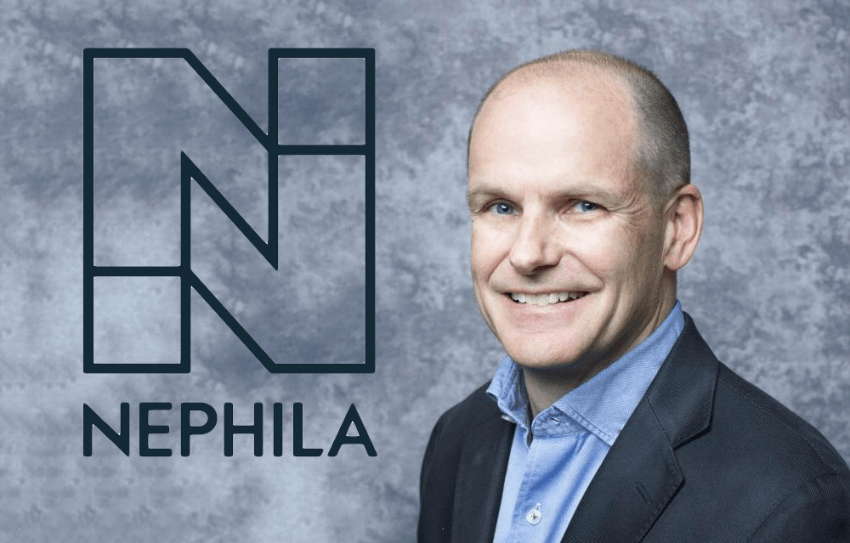Nephila Capital “cleans up the past” with Markel’s help: Majors

Nephila Capital, the insurance-linked securities (ILS) asset manager owned by Markel, has effectively cleaned up its legacy reserves and eliminated trapped capital for its investors, through an arrangement entered into with the help of an adverse development cover (ADC) from its parent.
The arrangement is not just a one-off, to help clean up all legacy exposure related to current side pockets and development classes created after recent heavy catastrophe loss years, we understand.
Rather it is seen as a solution for the future, that Nephila Capital is now embedding within its investment strategies to better deal with the effects of loss reserving and to make its reinsurance collateral more efficient going forwards.
We understand that in completing this reserve focused arrangement, Nephila Capital has now cleared up substantially all its development classes for its catastrophe funds, with the help of parent Markel.
That’s a significant move, as this is not just a case of one-by-one releasing side pockets as cedents agree to commutations, rather this is a proactive move to settle all the legacy exposure Nephila’s catastrophe funds were exposed to in a single move.
That clears the decks for the future for the catastrophe fund manager, meaning Nephila can move forwards with fund strategies that are now free of exposure to legacy reserves and side pockets.
We understand that the accounting side of this arrangement was the biggest challenge, as it needed to consider every contract and every event they were exposed to.
We’ve learned a little on the mechanics of the arrangement and it seems that effectively, Nephila has brought together all its development classes and side pockets, as well as a loading for IBNR, into a single pool, enabling a portfolio approach to capital and risk management across them.
By doing so Nephila could offer investors a chance to exchange their investment positions for a share in the aggregated pool of reserves, which offered a more diversified and thus less volatile exposure across years, loss events and perils.
We understand that Markel also provided an adverse development cover (ADC) that reduces the risk of the reserves developing adversely while also enhancing capital efficiency.
With the pool of reserve classes now more predictable and seasoned, it also meant that less capital is required to be held, so Nephila could return most of the capital exposed to these development classes back to investors, enabling redemptions and liquidity for them.
The ADC from Markel ensured the amount of capital that could be returned to investors was higher, while also protecting ongoing investors as well and investors received the plan well and gave it their overwhelming approval, we hear.
We reached out to Nephila for comment and spoke with Frank Majors, a Co-Founder and now co-CEO and President of Nephila Holdings, and a Director of Nephila Capital.
Majors told us on the arrangement that, “Unlocking the portfolio effect in this way has the impact of reducing idiosyncratic development risk that could arise from one position, since the investor now owns a well-seasoned and diversified set of reserves that is much more predictable.”
Majors further explained to us that, “The initiative gives all investors liquidity and great value, while protecting remaining investors from bearing risk that should be borne by redeeming investors.
“We came up with a plan that treats everyone fairly and arrives at a great solution, cleaning up the past so redeeming investors can leave, and existing investors can maximize the current attractive opportunity.
“I think we are just as excited about the implications for the future though – we learned a lot from the past and from this process, and with Markel’s help have built into our investment products mechanisms to embed this technology in our investment products so we address development classes more cleanly and much more quickly in the future.
“Obviously one of the lessons of the past several years is that as an industry we have to have a better answer for getting capital back to investors, and we think this approach goes a long way towards answering that question.”
This solution is an innovative approach to finalising back-year exposures, freeing up capital for investors and giving them the chance at liquidity, while also creating a feature of catastrophe investment funds that might offer a greatly improved way to manage reserving and greatly minimise the effects of losses on capital being trapped in future.






